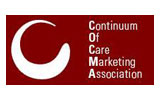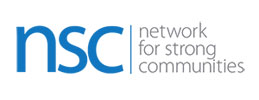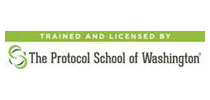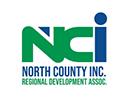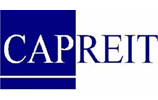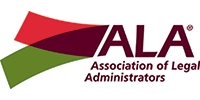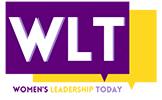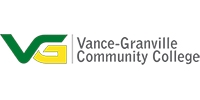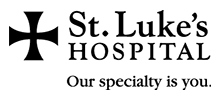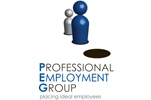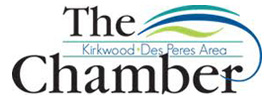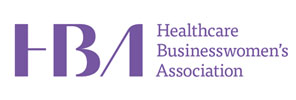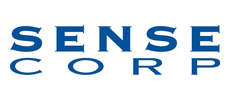
Whatever your generation in the workforce – traditionalist, Baby Boomer, Generation X, Y or Z – it matters not. What matters is your professional presence, not the year you were born. Exuding and maintaining principals of professionalism at any age require smart people skills that, ultimately, can help you journey up the professional ladder. It’s knowing when to talk and when to remain silent. It’s knowing how to make others feel worthy and appreciated. It’s knowing how to communicate. It’s knowing it’s not all about you.
These must-have people skills don’t show up on standardized tests. And you won’t find them in your technical expertise. Though, they carry more weight than you might think. According to research conducted by Harvard University, 15 percent of the reason a person gets a job, keeps a job or advances in a job is related to technical skills and job knowledge. Eighty-five percent has to do with one’s people skills. It’s your presence that can identify you in a positive or negative light to everyone your meet. It’s your presence that can catapult you to success – or not.
In today’s fiercely competitive business arena, polished people skills will distinguish you from the crowd. It’ll give you an edge that will make the difference between you and another person who is just as smart. It’ll propel you to success. It’ll make you shine.
Take some time to reflect on your people skills. How does your professional presence rank? Review these five principles of professionalism to ensure you’re on the mark. Remember, practice makes perfect. And great people skills make success.
- Your Eye Contact: A critical nonverbal skill that says, I care. I respect you. Maintaining eye contact says to the other person you’re listening – and actually makes you a better listener. Good eye contact focuses attention on the individual and makes him or her feel important while you look in control. Direct eye contact should be made in the range of 40 to 60 percent of the time. Anything more can make one uncomfortable and put them on the spot.
- Making Your Entrance / Working a Room: Have you evaluated the entrance you make when you attend a function? Are you purposeful? Hurried? For a polished presence, after you enter a room, pause and look around. This exudes confidence and preparedness. Rushing in and heading for the bar or buffet spread is counterproductive to your agenda.
- Your Handshake: Your handshake is the ultimate business greeting and speaks volumes about you. For men and women, your grip should be firm but not painful to the other person. The right handshake can give you instant credibility and the wrong one can cost you the job or contract. While you don’t want your hand to feel like a dead fish and you to appear wimpy, you don’t want to crack their knuckles either and signal you’re a bully. Oh, and don’t forget your eye contact.
- Your Posture: Stand tall. Sit tall. Power, rank and confidence are nonverbally displayed through the use of height. Keeping your posture erect, your shoulders back and your head held high will make you look in total control.
- The Way You Introduce Others: In the business arena, all introductions are based on power and precedence. Gender doesn’t affect the order of introductions. Women and men should be treated according to protocol, not chivalry. The person who holds the highest position in an organization takes precedence over others who work there. A client takes precedence over the CEO as does a donor. Here’s the proper business introduction formula: The name of the person of greater authority is always spoken first. The name of the person of lesser authority is always spoken last. For example, “Mr./Ms. Greater Authority, I would like to introduce Mr./Ms. Lesser Authority.” Remember to keep the honorifics the same.
Contact Polished today to fine-tune your people skills to enhance career success.









